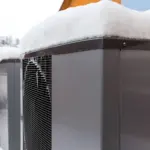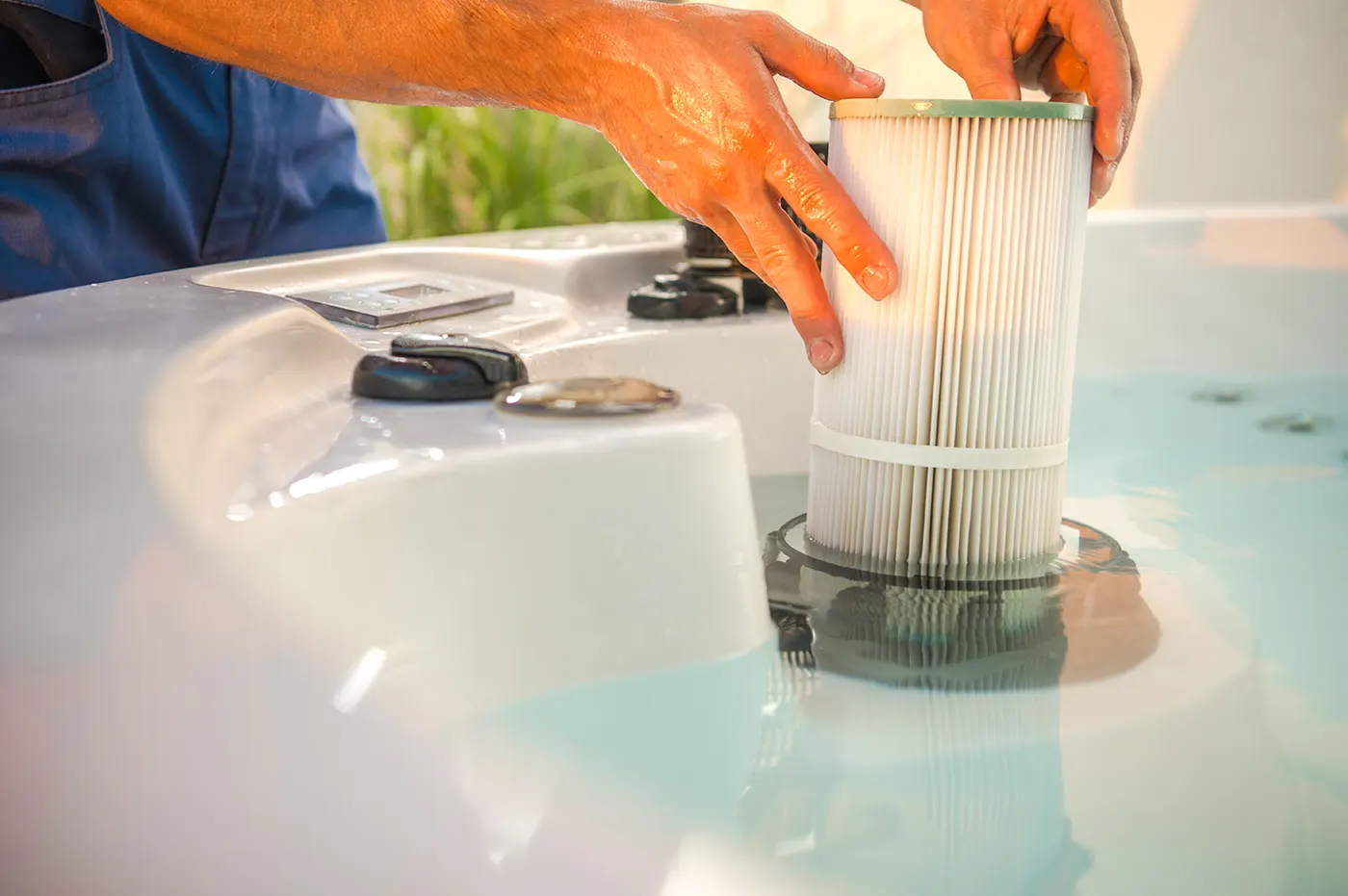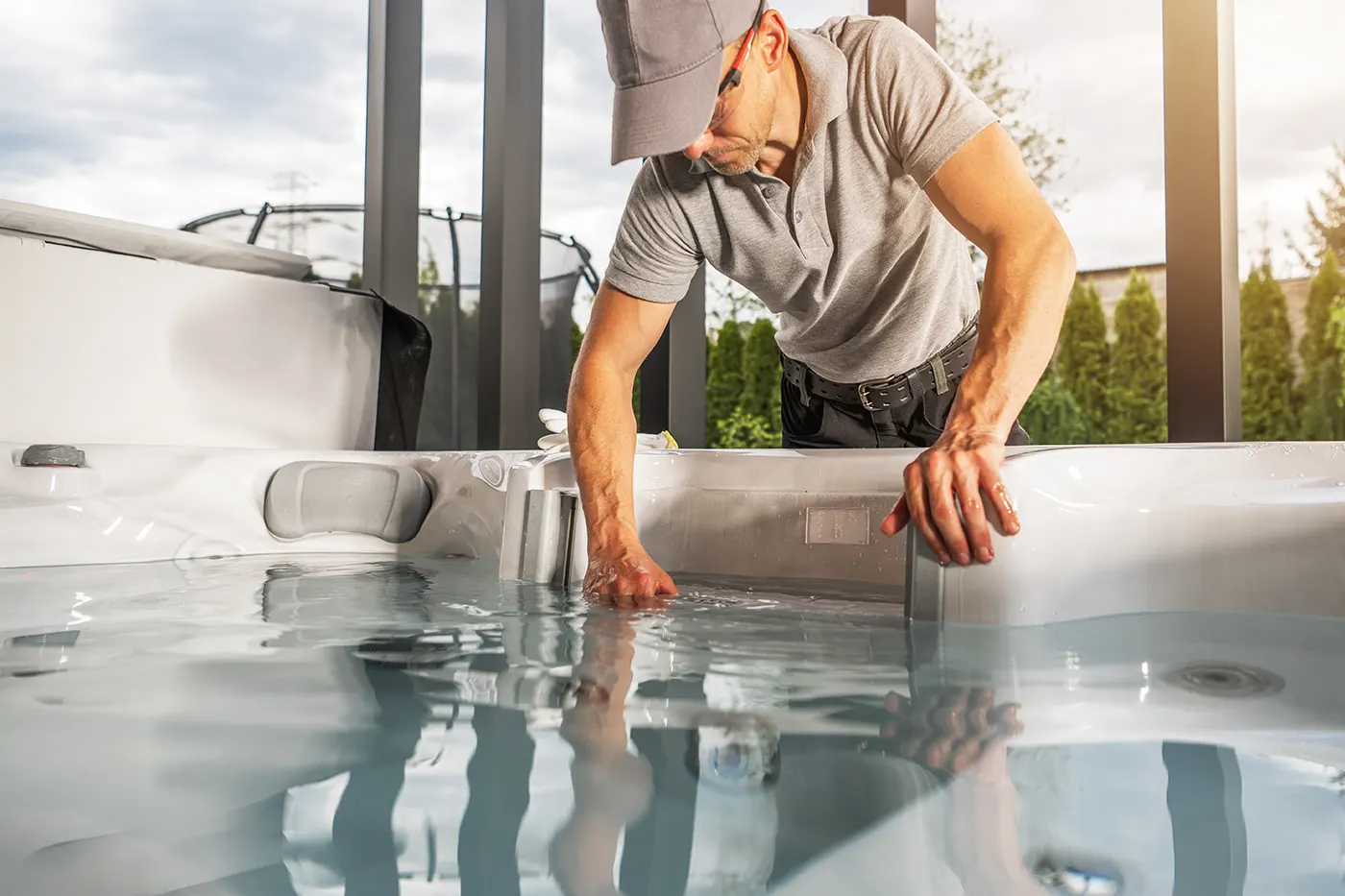
A Guide for Choosing the Best Heat Pump for Your Home
January 23, 2025How to Install an EV Charging Station at Home
February 19, 2025
A Guide for Choosing the Best Heat Pump for Your Home
January 23, 2025How to Install an EV Charging Station at Home
February 19, 2025What to Do If Your Hot Tub Isn’t Heating Properly


After a busy day, there’s nothing quite like relaxing in your hot tub, letting the warm water melt away the stress. But that peaceful escape can quickly become frustrating when the heat isn't working. Suppose your hot tub isn’t heating up as it should; don’t panic yet! There are a few simple reasons why this might happen, and many of them are easy to fix.
Common Causes of Hot Tub Not Heating
When your hot tub isn’t heating properly, there could be a number of issues at play. Understanding the root causes can help you pinpoint the problem and possibly fix it yourself.
Faulty Thermostat
The thermostat is responsible for maintaining the temperature of your hot tub water. If it’s malfunctioning, it may not send the correct signals to the heating element, preventing it from working. Issues with the thermostat might be due to a broken sensor, a miscalibrated setting, or electrical problems. In many cases, the thermostat simply needs to be recalibrated, but if it’s damaged, it may need to be replaced entirely.
Problems with the Heating Element
The heating element is the component that directly heats the water. If it’s damaged or worn out, it won’t heat the water effectively. Over time, heating elements can degrade due to normal wear and tear, corrosion, or mineral buildup. If your hot tub is old or the water has been poorly maintained, this could be the culprit. Replacing a heating element usually requires some technical expertise, so be prepared to call in a professional if needed.
High-Limit Switch Malfunction
The high-limit switch is a safety feature in your hot tub that prevents the water from overheating. It works by cutting off power to the heater when the water temperature exceeds a certain threshold. If the switch malfunctions or trips unnecessarily, it will stop the heater from operating. This could happen if the switch has worn out, is stuck, or if the water has been running too hot for too long. Some models allow you to reset the high-limit switch manually, while others may require a technician to assess the issue.
Clogged or Dirty Filters
Hot tub filters are essential for keeping the water clean and circulating properly. Over time, these filters can become clogged with debris, oil, and other contaminants, restricting water flow and harming the heating process. When the water can’t flow freely through the filtration system, the heater struggles to maintain the desired temperature. Cleaning or replacing the filters regularly will ensure that the water flows smoothly and that the heater works efficiently.
Electrical Issues
Many hot tub issues can be traced back to electrical problems, including tripped breakers, faulty wiring, or issues with the power supply. If there’s an electrical malfunction, the heater may not get the power it needs to operate. Hot tubs rely on a combination of electrical components to keep everything running smoothly, so any electrical failure can affect the heating process. If you notice any flickering lights, sparks, or other electrical issues, it’s best to call a professional to assess and repair the situation.
Low Water Levels
If the water level in your hot tub is too low, the heater may not be able to function properly. Most hot tubs have a safety feature that prevents the heater from turning on if the water level is insufficient. This is because the heater could overheat if it’s exposed to air instead of water. Before you get into troubleshooting other issues, check the water level to make sure it’s at the recommended height.

How to Fix Your Hot Tub Not Heating
If your hot tub isn’t heating properly, don’t panic! There are a few simple troubleshooting steps you can follow to identify and fix the issue.
Check the Water Level
The first thing you should do when troubleshooting is to check the water level. Hot tubs have a minimum water level required for the heater to work properly. If the water is too low, add more water until it reaches the appropriate level. After filling the tub, wait a few minutes and see if the heater kicks on. If the heater starts working, then the issue was likely just low water levels. This is the easiest fix, and it’s worth checking before you move on to more complicated steps.
Double-Check the Thermostat Settings
It’s easy for the thermostat settings to get accidentally changed or for it to get stuck in an off position. Take a moment to check the temperature setting and make sure it’s set correctly. Sometimes, all it takes is turning the dial or resetting the digital display to get things back to normal. If the thermostat is stuck or not responding to adjustments, it might need a replacement. This is something you can do yourself, or you can call a professional if you're unsure.
Inspect the Heating Element
The heating element is located inside the control panel of your hot tub. If it’s worn or damaged, it could be the reason why your tub isn’t heating up. Look for visible signs of damage, such as corrosion, burn marks, or a broken coil. If the heating element looks worn, it will need to be replaced. This is a bit more technical, so unless you’re experienced with hot tub repairs, it’s best to call a professional to handle the replacement.
Reset the High-Limit Switch
If your hot tub has a tripped high-limit switch, it may have cut off power to the heater to prevent overheating. Check the manufacturer’s manual to find out how to reset the high-limit switch. In some cases, resetting the switch is as simple as pressing a button or flipping a switch. If the high-limit switch keeps tripping, however, it may indicate a bigger issue, such as a malfunctioning sensor or an overheating problem. If that’s the case, you should call a technician to assess the issue.
Clean or Replace the Filters
Dirty filters can significantly reduce the efficiency of your hot tub’s heating system. Turn off your hot tub, remove the filters, and clean them thoroughly using a hose or a specialized cleaner. If the filters are too clogged or worn out, it’s best to replace them entirely. Maintaining clean filters not only helps with heating but also improves water quality and extends the lifespan of your hot tub.
Check the Circuit Breaker
If there’s an electrical issue preventing the heater from turning on, the circuit breaker could be to blame. Head to your electrical panel and check for any tripped breakers. If you find a breaker that’s been tripped, reset it and see if that fixes the problem. If the breaker continues to trip, there may be an issue with the wiring or the electrical components of your hot tub. In that case, it’s time to call an electrician or a hot tub repair technician to take a closer look.
When to Call a Professional
Although it’s great to try and troubleshoot hot tub problems on your own, some issues are best left to the professionals. If you’ve tried the steps above and your hot tub still isn’t heating, or if you’re dealing with electrical issues or complex repairs, it’s time to call in an expert. Here are a few situations when you should definitely seek professional help:
- If the heater still won’t turn on after troubleshooting
- If you have electrical problems, like tripped breakers or faulty wiring
- If the thermostat or heating element needs to be replaced
- If the high-limit switch keeps tripping
Professional technicians have the knowledge and tools to diagnose and fix problems quickly and safely, ensuring your hot tub is working properly and securely.
Preventative Measures
To avoid future heating issues, make sure to keep up with regular hot tub maintenance. A little preventative care can go a long way in ensuring your hot tub runs smoothly all year long.
Regular Filter Maintenance
Filters play a critical role in keeping the water clean and ensuring proper circulation. Check and clean your filters at least once a month, and replace them when they start looking worn. Regular filter care can help prevent heating issues caused by poor water flow.
Maintain Proper Water Chemistry
Water balance is key to the health of your hot tub and its heating system. Test your water weekly to ensure the pH levels, alkalinity, and sanitizer are all in the proper range. This will help prevent mineral buildup, which can damage the heater and other components.
Inspect the Cover
A good-quality cover helps keep the heat in and the debris out. Check your cover regularly for rips, tears, or other signs of damage. A damaged cover can cause heat loss and force the heater to work harder than it should, so it’s important to replace it if needed.
Schedule Annual Professional Inspections
Even if you’re diligent about regular maintenance, it’s still a good idea to have a professional inspection once a year. A technician can check for potential issues before they become serious problems and ensure everything is in good working order.
Enjoy Your Hot Tub Again
A hot tub that is not heating properly can be disappointing, but with some troubleshooting, it can often be an easy fix. From checking the water level and thermostat to inspecting the heating elements, most issues can be solved with a bit of patience. If the problem persists or you are unsure about any repairs, it is time to call a professional.
Need help with your hot tub? We’re here to assist with any heating issues. Contact us, and we’ll get your hot tub heating properly in no time!
